
Visiting the Photo Galleries available on the Museum website offers a glimpse at many beautiful pieces of Ecclesiastical Embroider and Ecclesiastical Sewing. The orphrey on the cope in the above photo has some wonderful figure embroidery. The top figures are Mary (Mater Dei) and Joseph. St. Francis is on the lower right, but the watermark blocks the name of the final figure. The work is a very beautiful example of figure embroidery.
Like this:
Like Loading...
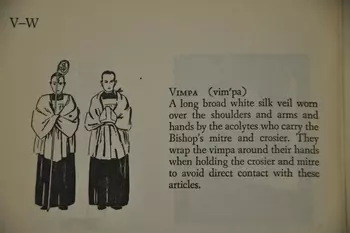
The Coat of Arms of Scharfenberger is embroidered on his vimpae. A gift to the Bishop from the Extraordinary Form Community of Albany.
Like this:
Like Loading...
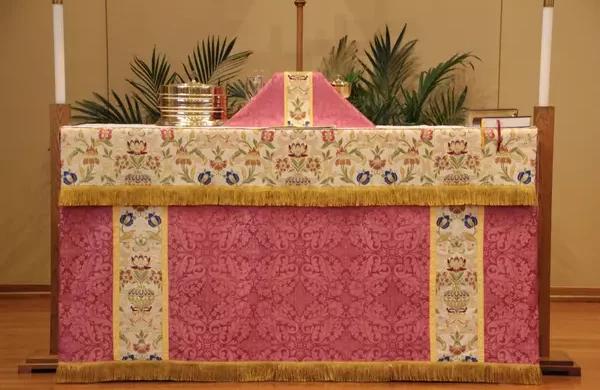
Using Rose Vestments during Advent and Lent varies among differing church bodies. The New Liturgical Movement has some information on the historical use of Rose Vestments within the Catholic Church. The Lutheran Church Missouri Synod’s view on Rose Vestments is slightly different. If a Rose Vestment Set is desired or planned for your church, be sure to check with your pastor or bishop concerning appropriate use and guidelines for liturgical colors.
Like this:
Like Loading...
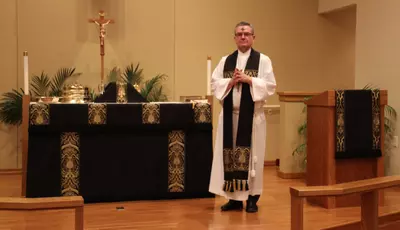
For this altar frontal, the plan is to use two 7″ orphrey bands on either side of the center front. There will be a solid space of white that will be about 9″ wide left between the orphrey bands. This band or space that was left would be adorned with a host of hand-embroidery designs. The project will have to be content with plain bands of white between the rows of orphreys.
Like this:
Like Loading...

Making altar linens for the King of England – a very special project, coordinated by Elizabeth Morgan. Ecclesiastical Sewing small role in a historic event
Like this:
Like Loading...

Merge three vintage Ecclesiastical Embroidery Designs into a versatile artwork. The simple lines make it ideal for whitework, but it seamlessly transitions for gold and silk Ecclesiastical Embroidery. For whitework, consider stitches like stem stitch, outline stitch, and padded satin stitch for letters. Alternatively, use outline stitch with seed stitch fill. Chainstitch is another excellent choice for whitework in Ecclesiastical Embroidery.
Like this:
Like Loading...

Ash Wednesday Altar Frontal and Chalice Veil Ecclesiastical Sewing Project.
Like this:
Like Loading...
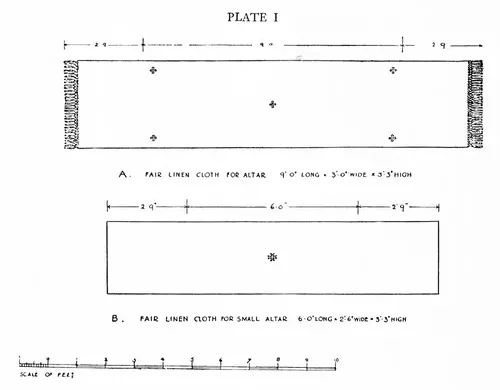
Fair linens, the top linen placed on the altar, are crucial liturgical items. According to Percy Dearmer, a renowned liturgical furnishing author, fair linens should be the exact width of the altar and extend within six inches from the ground on the sides. The linen should be good quality, hemmed, and bear one, four, or five devices in white, red, or blue. Modern recommendations suggest the fair linen’s length should match the superfrontal’s, often 9 to 12 inches. Working with 100% linen, mitering corners, and adding crosses can create a durable, elegant fair linen for the altar.
Like this:
Like Loading...
Learning about chasubles, important church garments, and their historical use. Some find it challenging to reintroduce them, but resources explain their history and Lutheran significance, promoting understanding and appreciation.
Like this:
Like Loading...

In preparation for the New Church Year, Ecclesiastical Sewing create a temporary Advent Star Altar Frontal set with a central motif surrounded by smaller stars. Using a piece-and-fuse technique, the lightweight linen is framed with Blue Silk Dupioni. The design, outlined with Silver Metallic Threads, includes an Altar Frontal, superfrontal, Pulpit Fall, and chalice veil.
Like this:
Like Loading...
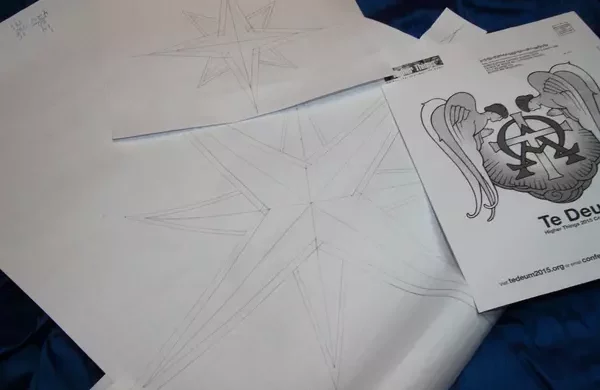
Ecclesiastical Sewing takes a break from finishing the Monk’s Habit to brainstorm Advent Altar Hanging and Pulpit Fall Ideas. Current hangings are deemed unsatisfactory, prompting a plan for an interim Advent Set using machine embroidery on Silk Dupioni fabric. The proposed design includes stars, Alpha and Omega, and Chi-Rho symbols. Time constraints pose a challenge, but the aim is to complete the project using a beautiful blue Silk Dupioni fabric and possibly incorporating Silver Elizabethan Twist thread for added shimmer.
Like this:
Like Loading...
Ecclesiastical Sewing, a traditional craft, provides a glimpse into history and tradition. Exploring vestments worldwide on platforms like Pinterest reveals beautiful hand-embroidered pieces from countries like Russia and Ukraine. A document by the Metropolitan Museum of Art explains the differences between Orthodox and Western Church vestments, showcasing the Russian Phelonion. The ornate vestments from 1802 to 1877 feature luxurious materials, gold, silver, bells, and unique garment labels, offering insight into the rich history of ecclesiastical textiles.
Like this:
Like Loading...
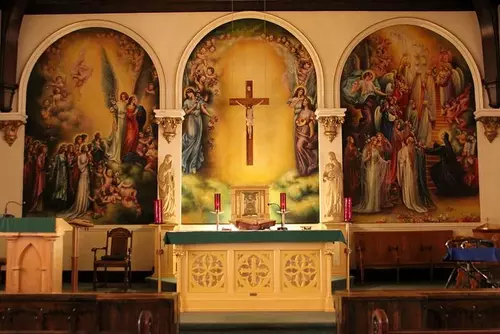
Summer travels brought unexpected surprises for the Ecclesiastical Sewing family in Montana. A visit to the Ursuline Center revealed a hidden treasure—a Sister’s art studio in the tower, showcasing two hand-painted Ecclesiastical Banners. One banner displayed signs of age with faded beauty, intricate details, and gold bullion fringe. The banners’ origin and age are unknown, making them even more intriguing.
Like this:
Like Loading...
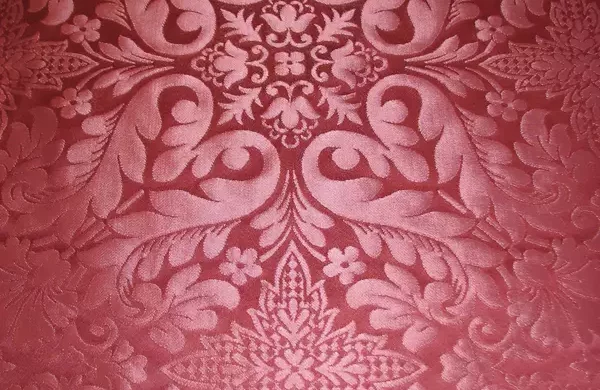
Making space for new projects in Ecclesiastical Sewing room. Creating a set of rose-colored church clothes for Advent and Lent. Using Florence and tapestry fabrics, making pieces like stole, chasuble, and more.
Like this:
Like Loading...
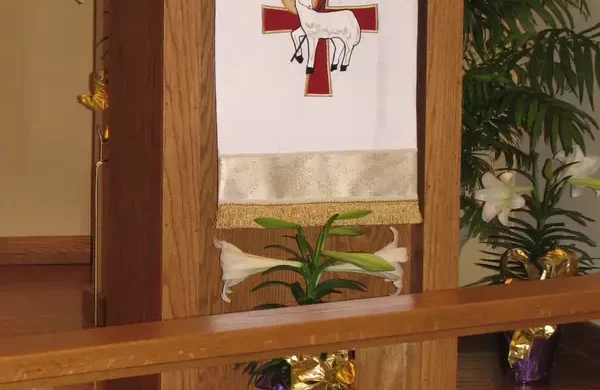
Creating various designs for Church Vestments remained a challenge. The Agnus Dei symbol aided in creating the pulpit fall, while inspiration from stained glass guided the design of the Altar Frontal. The quest for better designs spanned years, incorporating research, internet searches, and volunteer work. Gradually, more refined designs came to light.
Like this:
Like Loading...














You must be logged in to post a comment.